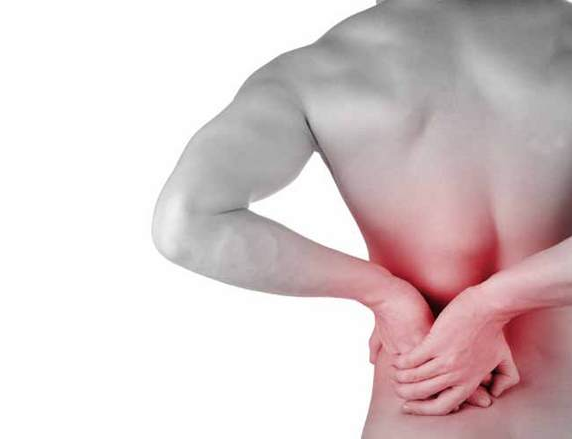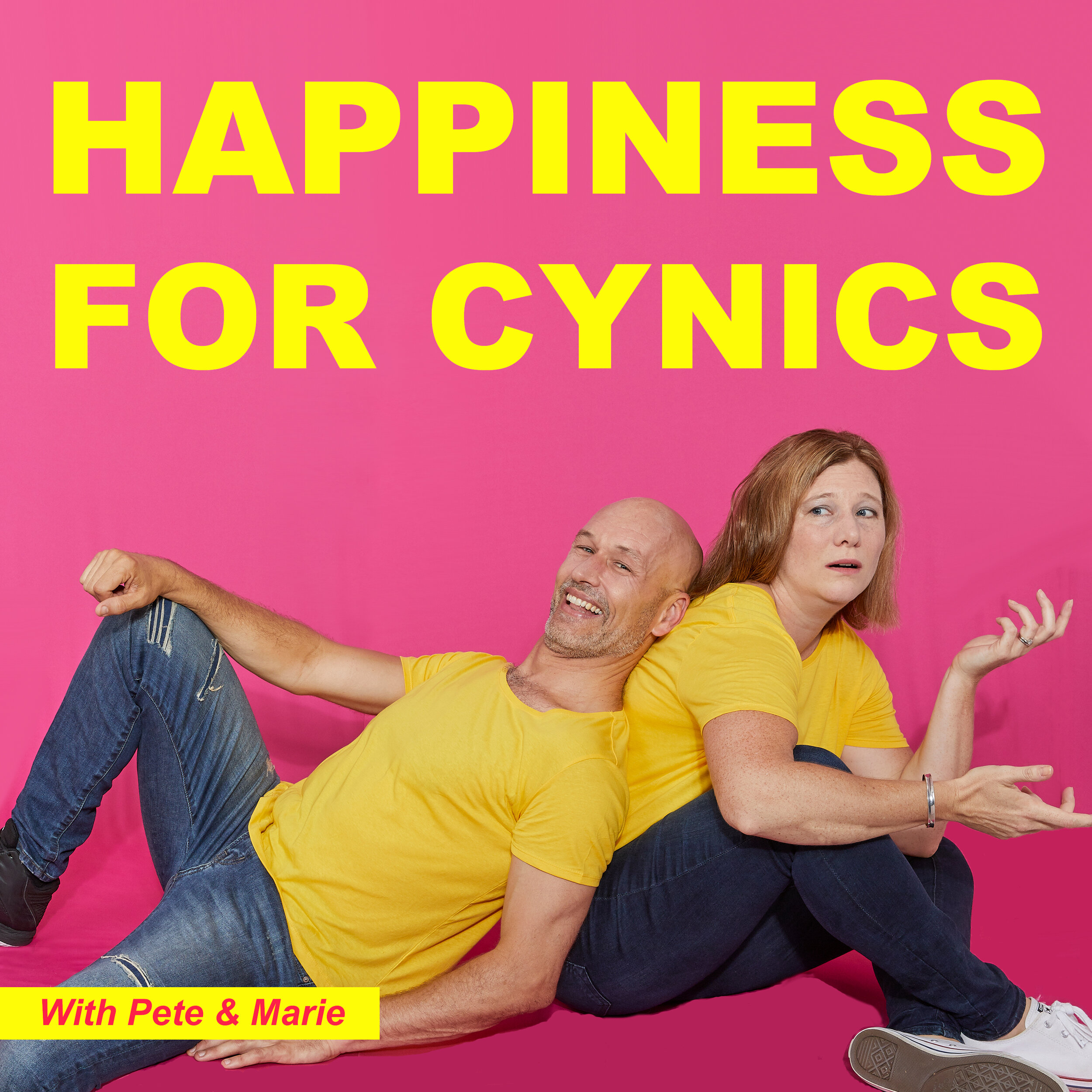So you’ve sprained your ankle. You’re lying there in a tonne of pain, unable to get unbroken sleep, your foot is swollen, any movement hurts and your lateral malleolus looks like a baseball resembling a painters pallette of yellow, blue and purple tinges. Life sucks right about now as you can’t even make a cup of tea and walk to the lounge room. Instead you have to get on all 4’s, gradually pushing your teacup down the hallway towards the tv room. It’s most undignified.
Injuries are challenging mentally as well as physically. For those of us who are used to being active and bouncing around on the weekends and being superhuman, any injury is a sentence of boredom. But even the couch potato will get frustrated with the inability to perform basic tasks that is the realm of the injured couch potato. Reaching for the remote with a bulging disc is still painful.
The best way to get yourself out of the doldrums is to get active. As contrary as that sounds, doing something, nay anything that contributes to your recovery is a beneficial exercise in your mental stability. Even the smallest amount of your ‘rehab’ is going to get your mind off what you can’t do and get you back onto what you CAN do.
So - ankle sprain. What can you start doing.
Treatment
At the onset of an injury there is really not much to do. Even getting medical advice is a bit of a ‘shoulder shrug and rest up’ prognosis. This is due to the swelling and inflammation. This needs to subside before you can start doing anything. But once this is gone, then you can begin to get into restoring range of motion, strength and flexibility.
Once you have reached this 2nd phase of the recovery the initial treatment protocols (R.I.C.E) give way to more proactive management. Its time to get basic movement back. Small and discreet movements are best as you begin to build the range of motion back into the ankle. Whilst you are not ready for weight bearing just yet, you are ready to move
Passive Movement - writing the alphabet with your foot. Elevate the foot and start. You may only get to L, M or N and start to feel fatigue. You’re done! Stop and rest. Try again. You may also want to try ankle circles 10 clockwise and 10 counter clockwise. Simple and not strenuous.
Light Resistance - once you are strong enough to get through both lower case and Capitals with your movement, you are ready for some light loading. Whilst weight bearing may still be out of the question without support, water based actions will help tone the muscles that have been dormant without stressing the ligaments with weight bearing. Standing in waist deep water and doing leg extensions will passively work the tendons and muscles. The next level of this is to include a swimming fin. Any sharp pain means you are overloading. So it’s important to listen to what pain you are in and STOP when necessary.
Weight Bearing - Even whilst you are strapped up or in a boot. Spending some time standing for intervals is helpful. You also want to build up some proprioception (activating muscles that are used for balance). Balancing on one foot for 10sec, then 20sec then 30sec builds up this strength. The next level is to start bending the knee and flexing the ankle and staying in this bent (demi-plie position for those with a dancers vocabulary) for 5 sec intervals.
Once you have mastered these basic movements and are able to weight bear without too much pain or discomfort, it is time to start building real strength and re-introducing movement into the equation.
Weight Transfer - draw a clock on the ground and stand at the center. Stepping off your solid ankle step to 12, 3, 6 o’clock and take your supporting foot off the floor. Gradually increase the depth of your bend and/or the size of your ‘clock’. You can now also start with some resistance band work. Wrapping the band around your toes, start articulating through the foot from Dorsiflexion to plantar flexion slowly and deliberately. You’ll start to work the muscles of the calf and foot in a controlled manner and these haven’t been active for a while.
Stability Training - a wobble board or Half Bosu Ball is great to start to reintroduce the stabiltiy of the ankle and actually start building some strength into the ligaments as well as the muscle. Gradually increasing flexion, lunges wobble board on a 15-20 degree angle is good to start, then move into higher angles. Once you’ve mastered that, start balancing on uneven surfaces such as the wobble board. To advance it, introduce ankle flexion in that bent knee/ankle position or an external stimulus - like catching a tennis ball.
Loading - calf raises. Time to start to work the major muscles involved in the action of ankle plantar and dorsi-flexion and get full ROM back. Standing on a step or box and holding onto a support, slow and deliberate calf raises working in proper alignment are important. You can also introduce
Impact Training - its time to jump. Well - HOP. A cross on the ground and you have to jump over the cross forward and back and then from side to side. Then challenge the combination of skips. Once you’ve mastered this its time to increase the length of jumps. Single leg jumps and holding the landing position
Full Loading - once you are comfortable in all these phases its time to begin full loading, such as running and some more challenging jumping such as jumping over a low parallete bar. Shuttle runs with changes of direction and some light plyometrics is good to build stability and ensure that the ankle actually comes out of the injury stronger than when you went in.
Support Factors
Crutches. Initially when you injure the ankle you should be OFF IT. As humiliating as it may be, using crutches stops you from overstressing the ankle. It is also better to build correct alignment from the beginning so walking slowly but correctly is vital. DON’T LIMP. In this case taking crutches stops you from building bad habits early on.
Immobilization. Any sprain needs support. stopping movement for a short period whilst the ligaments heals means a boot or strapping. Supporting the foot and preventing you from moving it around is beneficial and prevents further tearing. As you progress you can start releasing yourself from the immobilizing units.
Compression. This helps with lymphatic flow. Any compression bandage or garment will prevent unwarranted swelling and keep the injury supported.
Baths. Epsom salt immersion is great for delivering magnesium to the area. Whilst this doesn’t address the ligaments it helps to keep the supportive muscles healthy and increases the muscles ability to be free from restriction and dense lymphatic build up. As you start to exercise more this will help you feel free in the joint space.
Physical therapy. Light massage on the area once the swelling has gone down helps with lymphatic flow and increasing blood circulation to the area. Particulalry beneficial as you begin to weight bear, this helps keep the flow of nutrient rich blood to the area and remove wastage products.
Rehabilitation. any process of rehabilitation require work from the indivdiual. You have to commit to your own recovery. By following the guidelines above you can greatly restore full range of motion and stabilty of the injured ankle. Even if you have surgery, you can still make a valued recovery if you stick to your daily rehabilitation schedule. Being dormant is not the answer. You have to be active and present in your rehab to ensure full recovery and recuperation.
Most importantly, successful outcomes are dependent upon patient commitment to rehabilitation exercises. Incomplete rehabilitation is the most common cause of chronic ankle instability after a sprain. If a patient stops doing the strengthening exercises, the injured ligament(s) will weaken and put the patient at risk for continued ankle sprains. Its a constant investment. You need to keep on your training regime to keep the ankle strong and stable. Chronic pains are always a case of not being diligent with your training. Knowing your limitis is one thing but understanding what and when you should push and how far you should keep pushing is important to understanding how to keep an injury strong and stable. Theres no reason you can’t come out of this stronger than when you went in.



